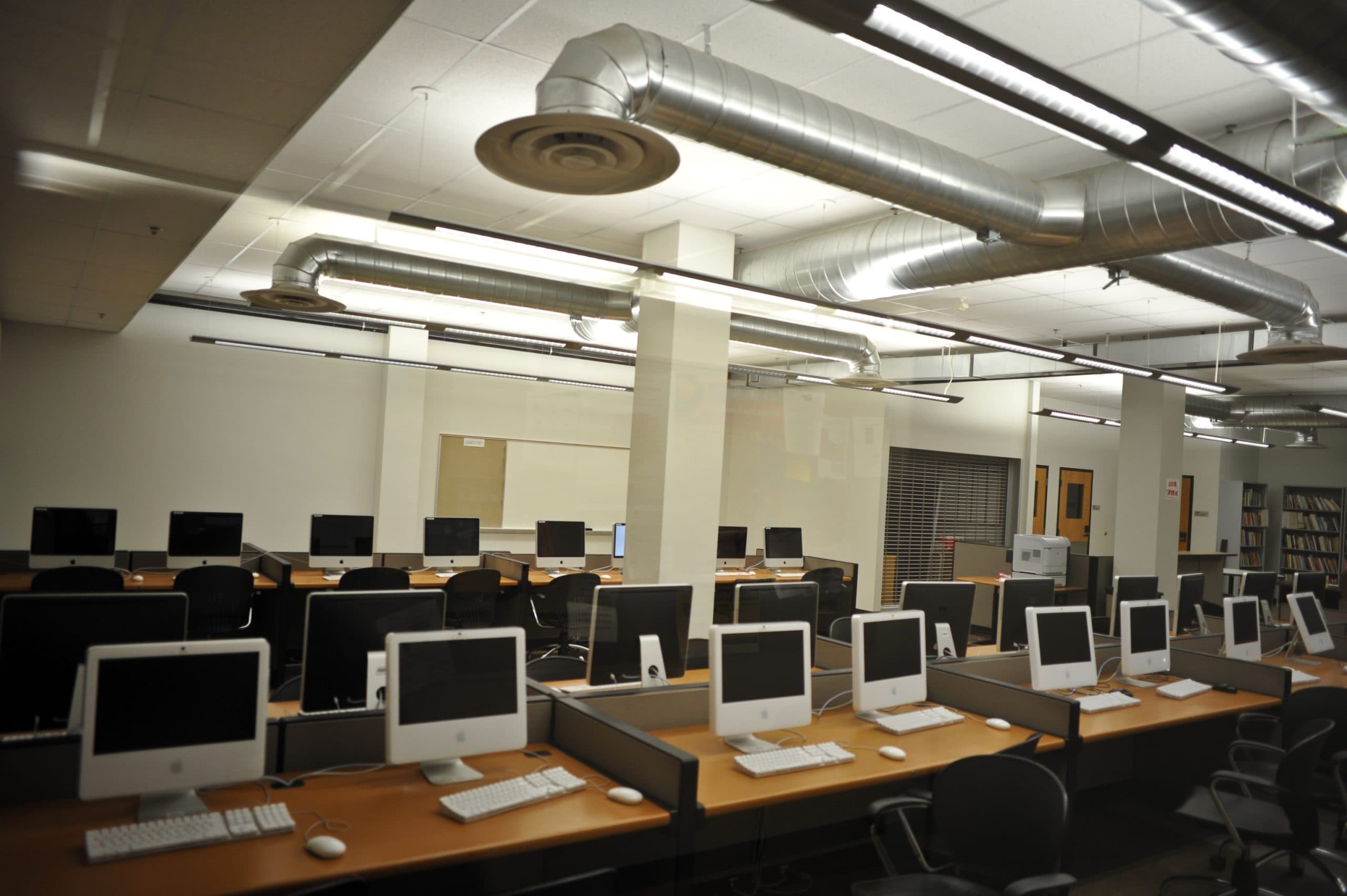Why Australian School Need Better Air Quality?

Air quality in schools is increasingly under scrutiny as experts warn that poor ventilation can contribute to higher rates of illness and reduced focus for both students and teachers. Unlike many public buildings with modern ventilation systems, most Australian schools still rely primarily on windows for airflow—a method known as “natural ventilation.” While window-based ventilation can bring in some fresh air, it often falls short of the volume needed to maintain optimal air quality, especially in classrooms filled with students for prolonged periods.
A recent study conducted by the education architecture firm ARINA has shed light on the potential benefits of using high-filtration air conditioning systems in schools. This study compared 60 naturally ventilated schools in southern New South Wales and the Australian Capital Territory with a school in Sydney equipped with a Standards Australia-compliant air conditioning system. The air conditioning in this Sydney school was initially installed to control aircraft noise, but it has proven beneficial for air quality as well.
The ARINA study used carbon dioxide (CO₂) levels as a measure of ventilation efficiency. CO₂ serves as a reliable proxy because its concentration reflects both the number of people exhaling in a space and the quantity of fresh air available to dilute it. Under normal conditions—26 students, one teacher, and one assistant—CO₂ levels in the air-conditioned Sydney school remained below 750 parts per million (ppm) and typically ranged from 500 to 600 ppm. Levels around 700 ppm are considered particularly good, as they mean that people in the room are breathing in less than 0.5% of air exhaled by others.
In stark contrast, classrooms relying on natural ventilation often recorded CO₂ levels climbing to 2,500 ppm within just one hour of class beginning, indicating that people in these rooms are inhaling 5.5% of air breathed out by others. Such high CO₂ levels are associated with decreased cognition, poorer learning outcomes, and potential behavior issues, as adverse effects on cognitive function begin when CO₂ concentrations exceed 1,200 ppm. Additionally, research suggests that maintaining CO₂ levels around 700 ppm could reduce the risk of airborne disease transmission by a factor of two to five, which is crucial for minimizing illness-related disruptions in schools.
To discuss these findings and the implications for Australian schools, we’re joined by Adjunct Professor of Architecture at the University of Technology Sydney, Geoff Hanmer. Professor Hanmer will provide insights into why schools across the country may benefit from upgrading their ventilation systems and how improved air quality could create healthier, more conducive learning environments for students.
